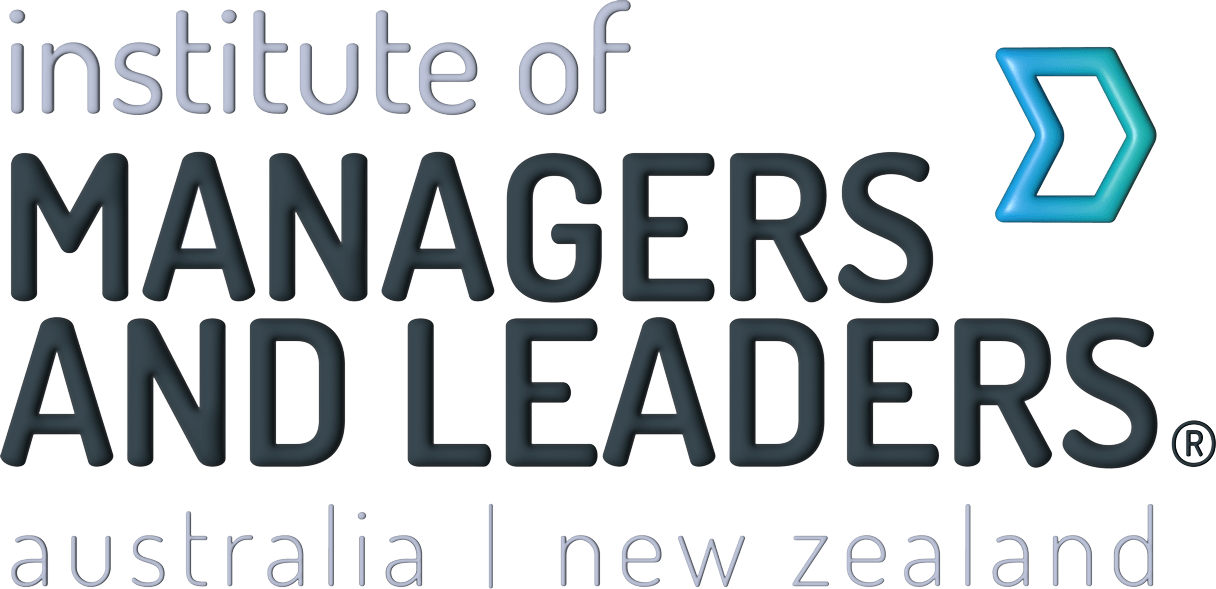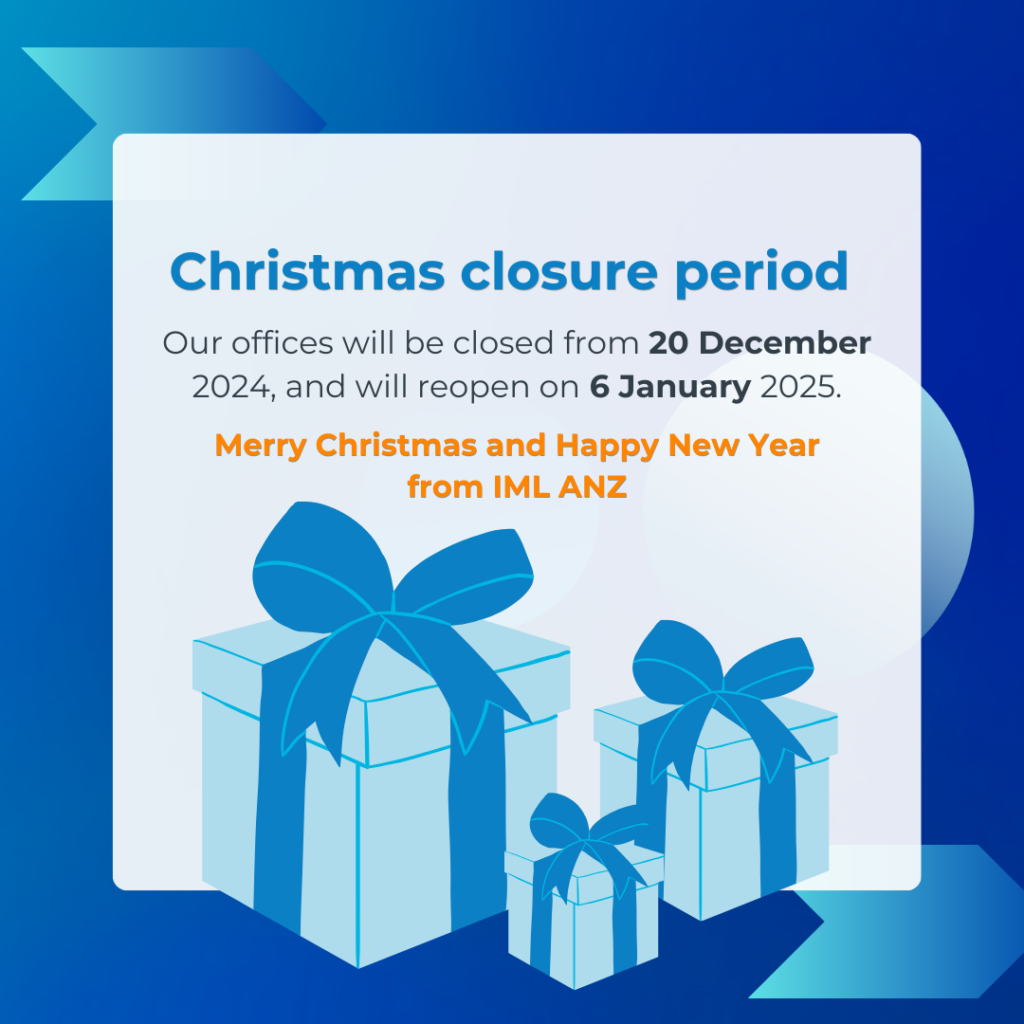Written by Joe Hoolahan Founding CEO of JESI
Any journey worth taking often comes with its own level of risk vs reward. Ups and downs. The JESI journey has certainly had plenty of both. One of the greatest assets we rely on is our people. After all – JESI to its core is about people. Making sure they are ok.
We all hear corporations throw around lines such as; “People are our greatest assets, Without our people, we would be nothing, Our people and success go hand in hand.”
Now if this is the case, how do we maintain a successful culture and a successful business?
I would like to add the added complexity…
What if you have no idea about what path it is you need your team to take? What if you are working in an environment that has few proven rules, paths or formulas?
How do you keep your team focused, engaged and willing to walk – or -run into the greatest unknown of their working lives!
For me (and I would hope for my team) this is all about respect. Respect touches many aspects of any business growth. But when this is the starting point – the core – it allows you to start on the right foot, the same page and all be rowing in the same direction. (I think I covered most of the metaphors there.)
One of the greatest beliefs I personally hold closest is that ‘people don’t wake up in the morning and set out to piss someone off’. If I hold this value as a truth, I can also look at nearly every challenge, error, missed the deadline, oversight- yes, stuff up… as a genuine mistake. Ones we must learn from and reduce the likelihood of it re-occurring.
Respect is knowing that people will always do the best they can. Knowing when a culture that is right, will allow people to work independently and/or remotely or anyway they need to deliver great results.
For example, I have never been a big believer in sick days or clock watching. I have always trusted that people will demonstrate and respect the rules of the game, and not to game the system. If a person is not at work, I respect they must have a great reason.
By providing a culture where people take ownership, can and do stuff up… or maybe not get it right the first time, but at the same time be accountable – this relies totally on respecting each team member.
I have been fortunate throughout my career and personal life where I have seen many demonstrations of where someone’s ability to ‘own it’ has earned a lifetime of respect.
As an amateur football coach, I have seen players push themselves to the point of breaking, to play as hard as they could ever imagine. I love that some of the greatest demonstrations of true leadership have come from my involvement in sport.
For a player to admit they are no longer up to it… absolute respect. Or the player who puts his hand up to take on the toughest opposition player – respect. Or the player who sacrifices his own game for the betterment of the team – respect. Or the player who ‘owns it’ when things don’t go right – respect.

Recently the sporting world was abuzz with the Cowboys Captain Gavin Cooper taking the stage to make a heartfelt speech. After losing to the Melbourne Storm in the 2017 Grand Final, Cooper went out of his way to congratulate their opponents with grace and style. For a team who was considered to be on a fairytale trip, with many outside of North Queensland not giving them much chance of winning’, they sure were the fan favourites, just going to show the amount of respect they have earned from the rugby league community and their fans.
This isn’t the first time the team have been in the spotlight for showing acts of kindness and respect, not long ago we saw an injured Captain Johnathon Thurston cleaning up the locker room. Again – an amazing demonstration – instant respect. This is not his role or job – but a great example of respect and doing the right thing. Not just for his team – but more importantly, those who come after him
Respect is something that can be earned – admired. As we know, It can also be given or lost in an instant.
No sporting fan, employer or workmate can ever deny all they would ask from anyone is to give their best.
So as an employer, manager, mentor or a coach, we must continually respect our people. Respect that not all jobs are equal – but all jobs need to be respected and valued.
At JESI, we have a number of key roles from Developers to Sales & Marketing. What I admire is the ever-increasing level of respect. Respecting that Sales without product is for nothing. And without Sales, the product is nothing.
Our team everyday rides a number of different waves. What I know is the level of respect is now built on some common beliefs – some unwritten team rules;
-We are all giving it our best.
-We will put our hand up when we don’t know… or we are struggling.. or need a hand.
-We all share the lows and all celebrate the wins!
-We are all having a crack!
In my mind – that is respect.

Joe Hoolahan is a speaker at IML Leadership Matters Conference: 7 attributes of very successful leaders at Rydges Southbank Townsville on Tuesday the 17th October 2017.
Book tickets here.










